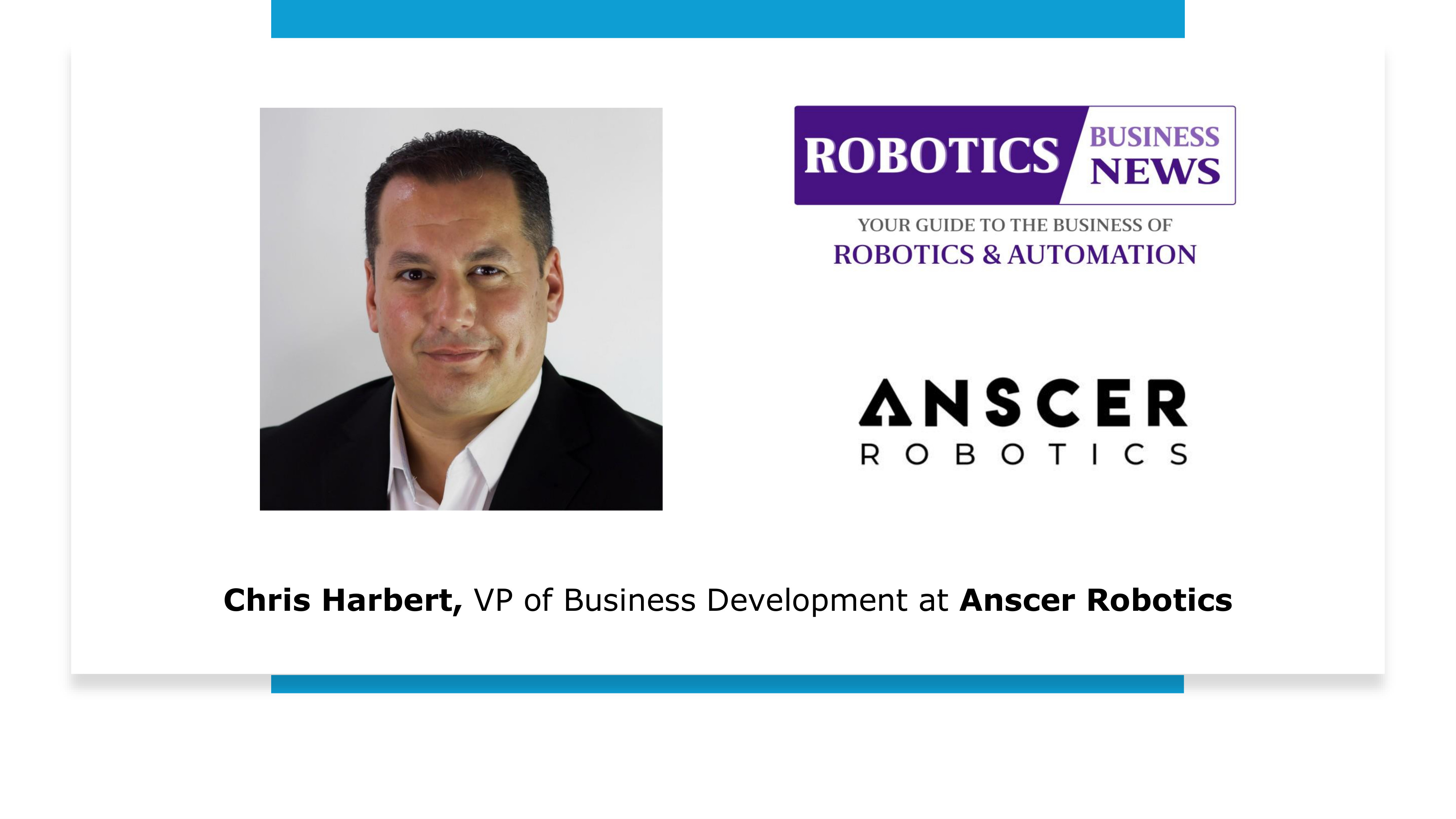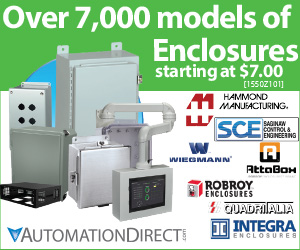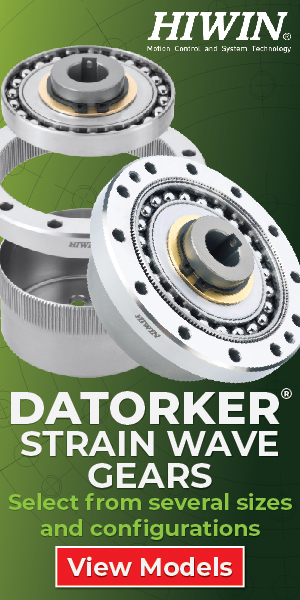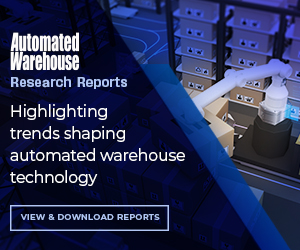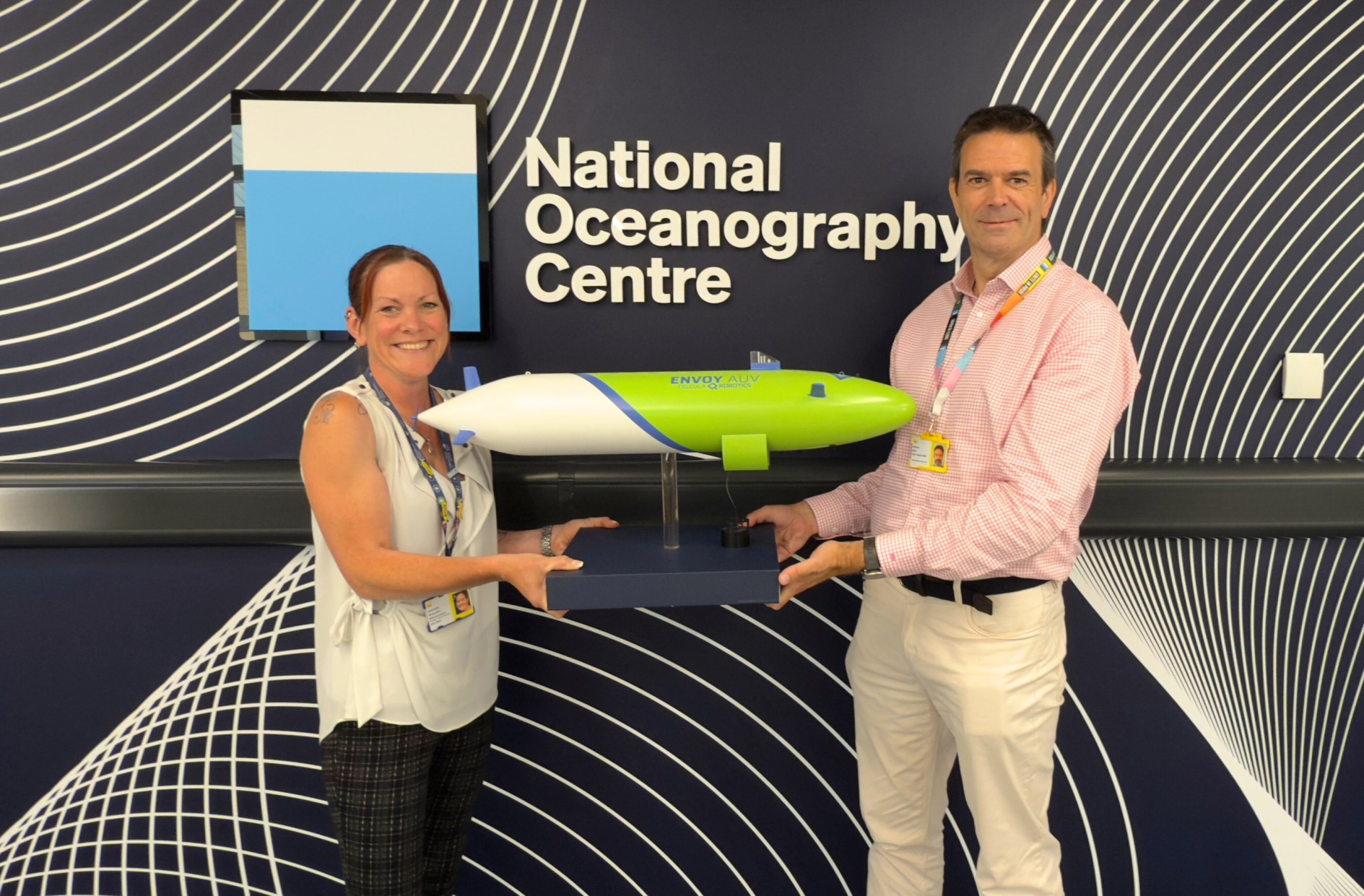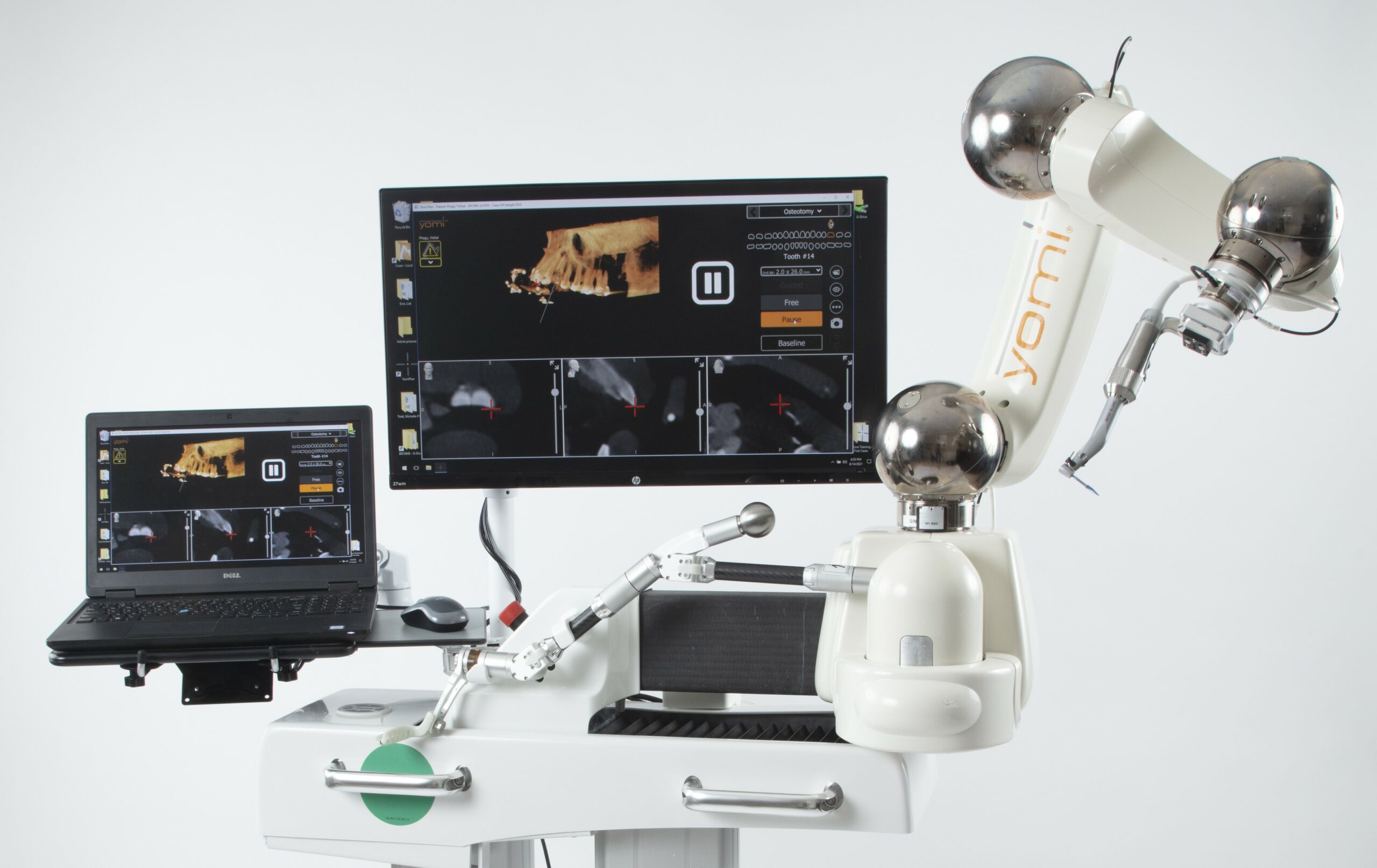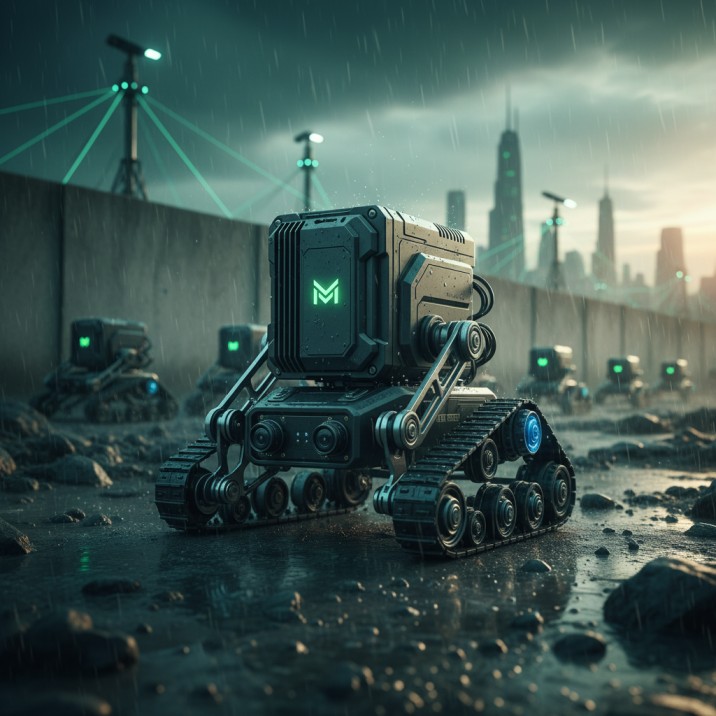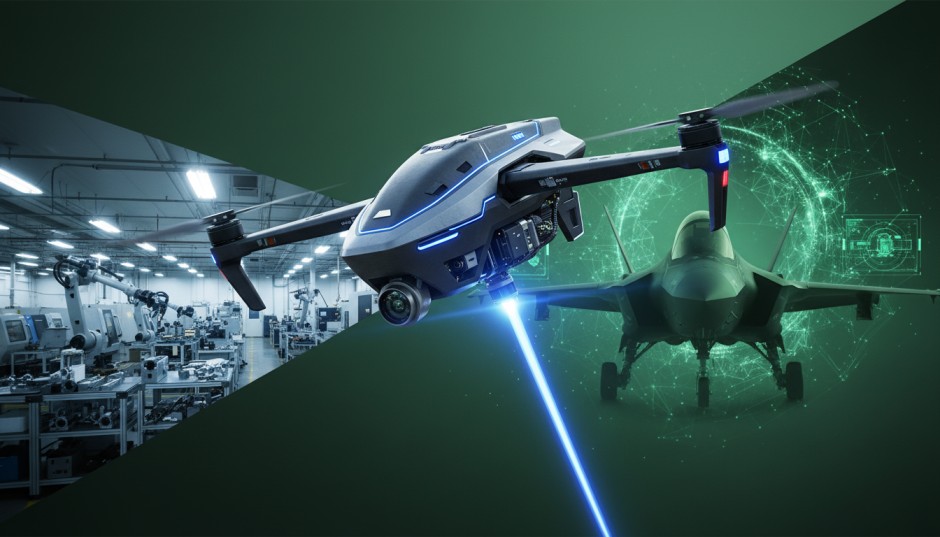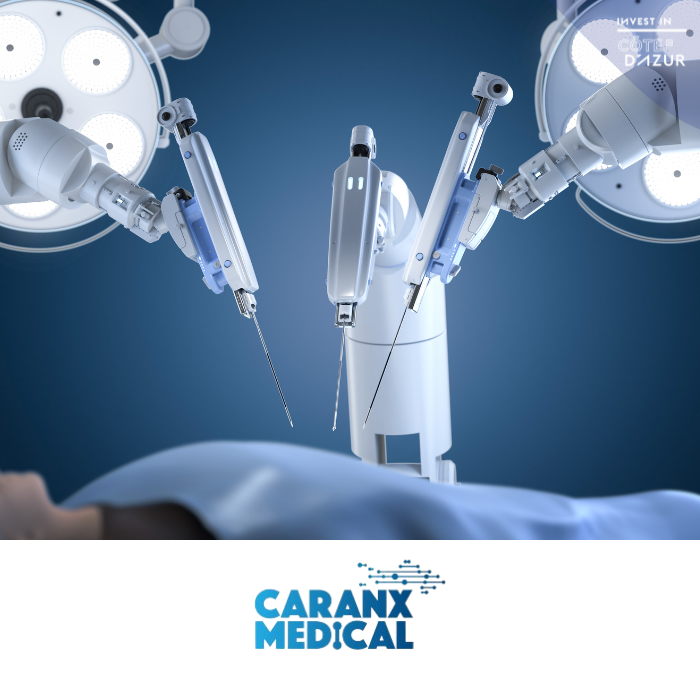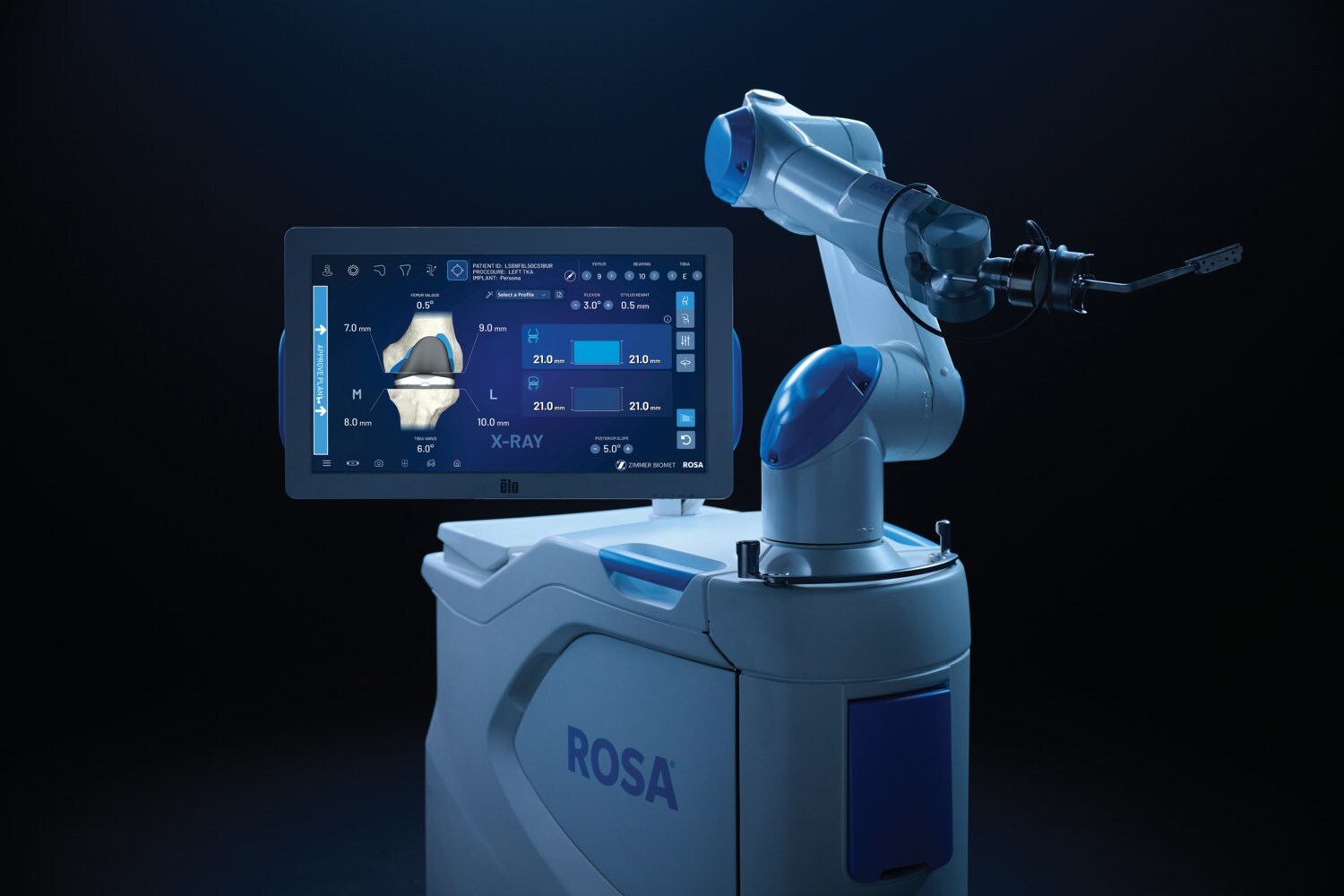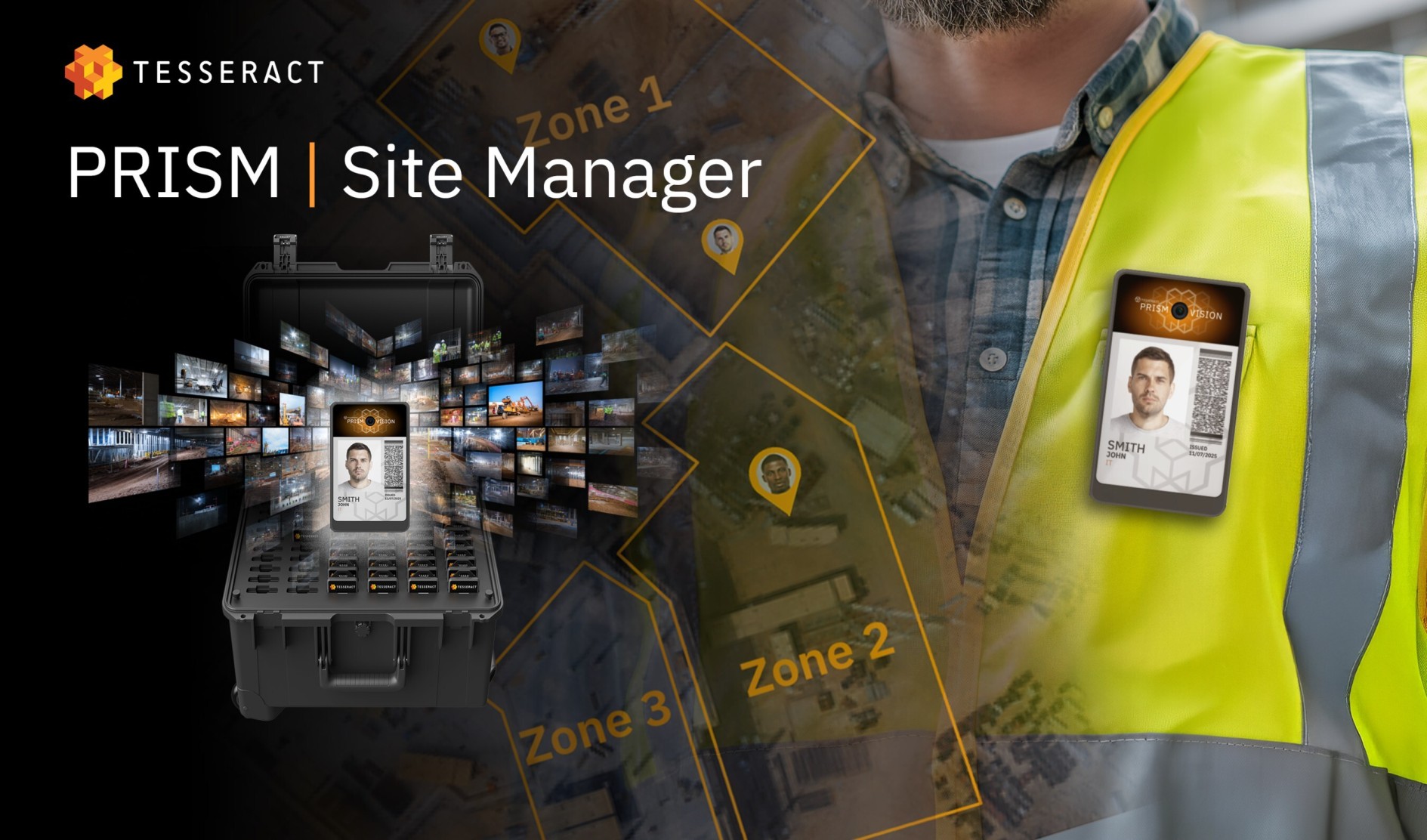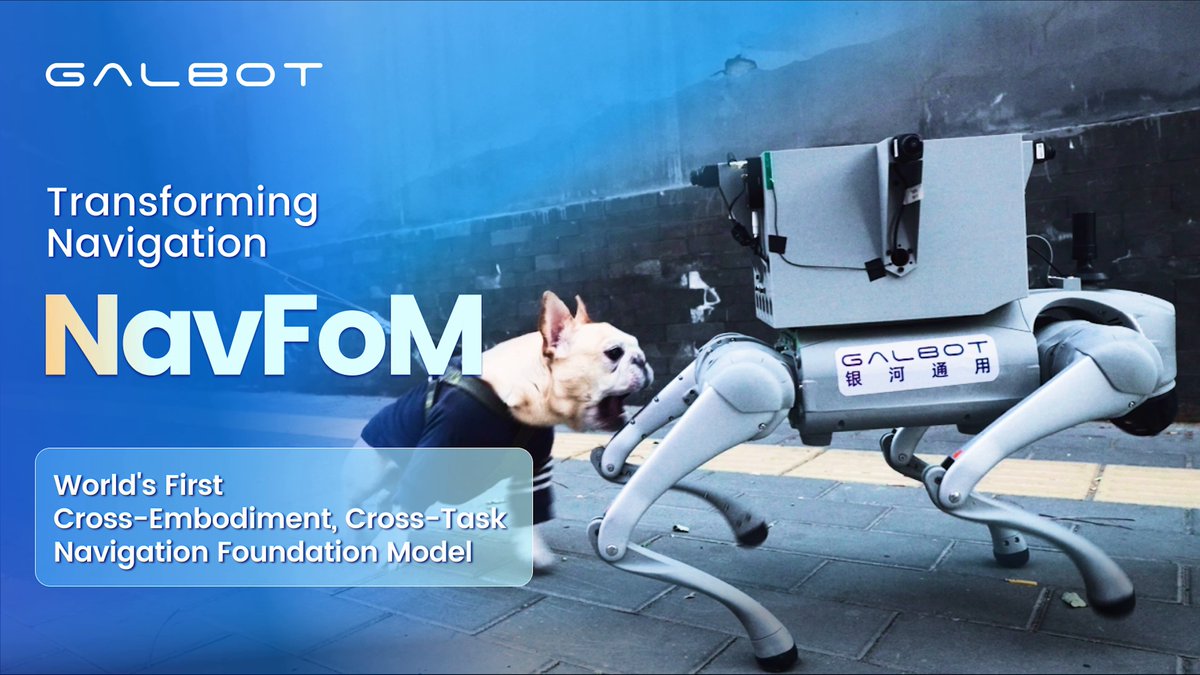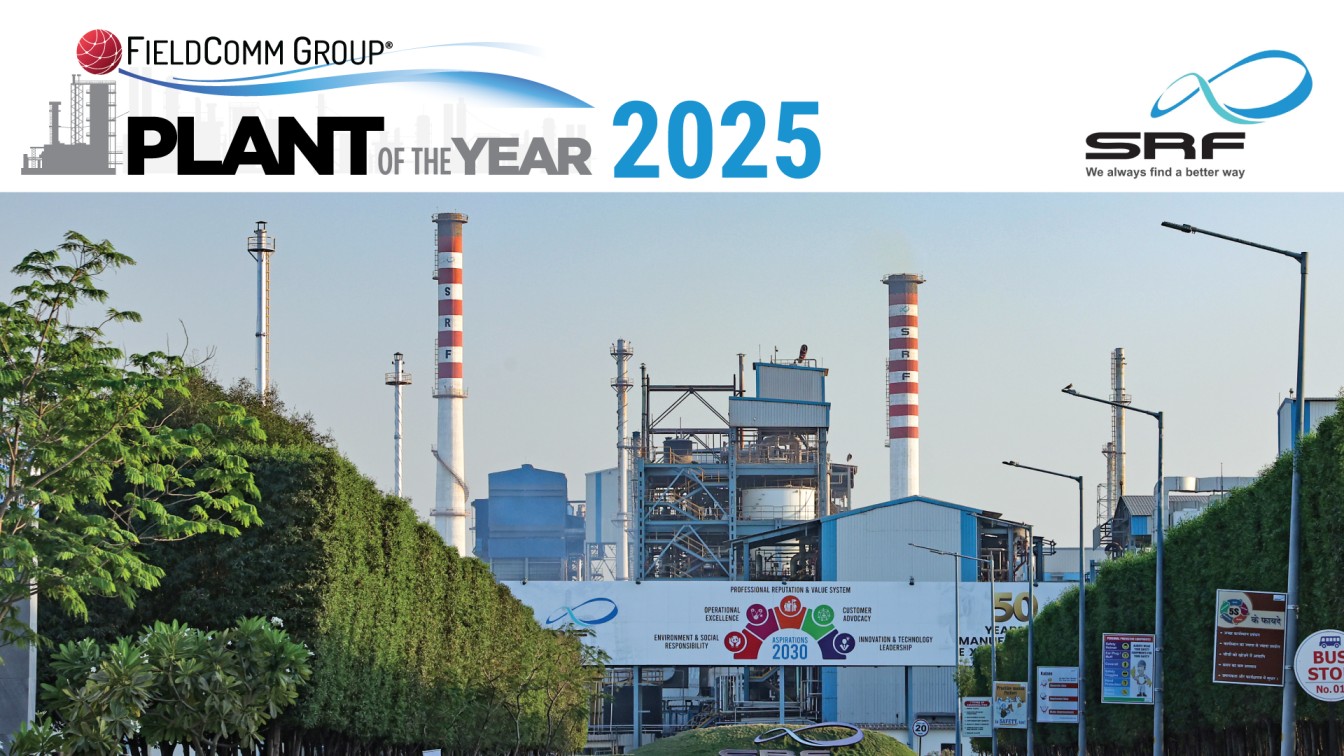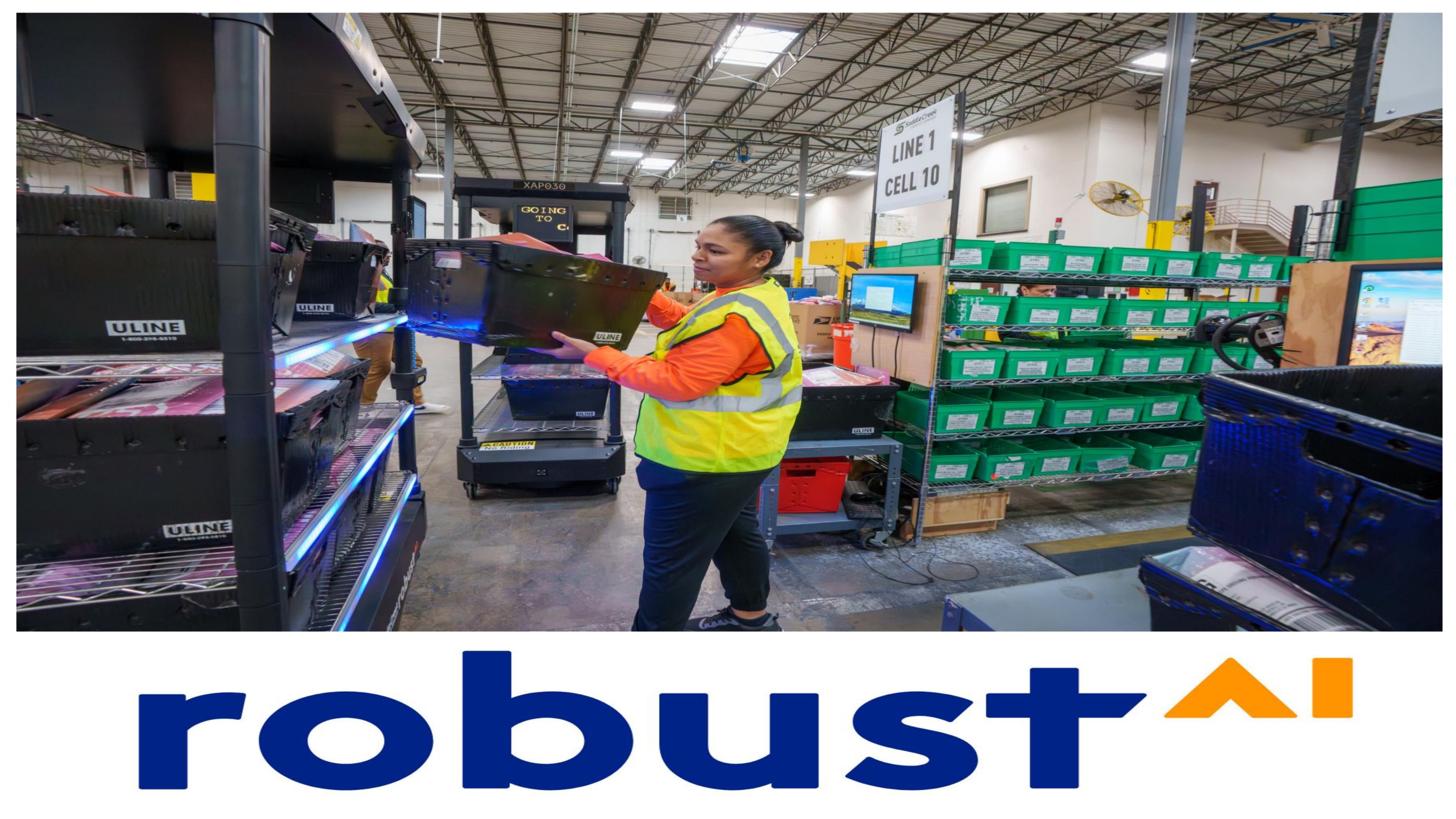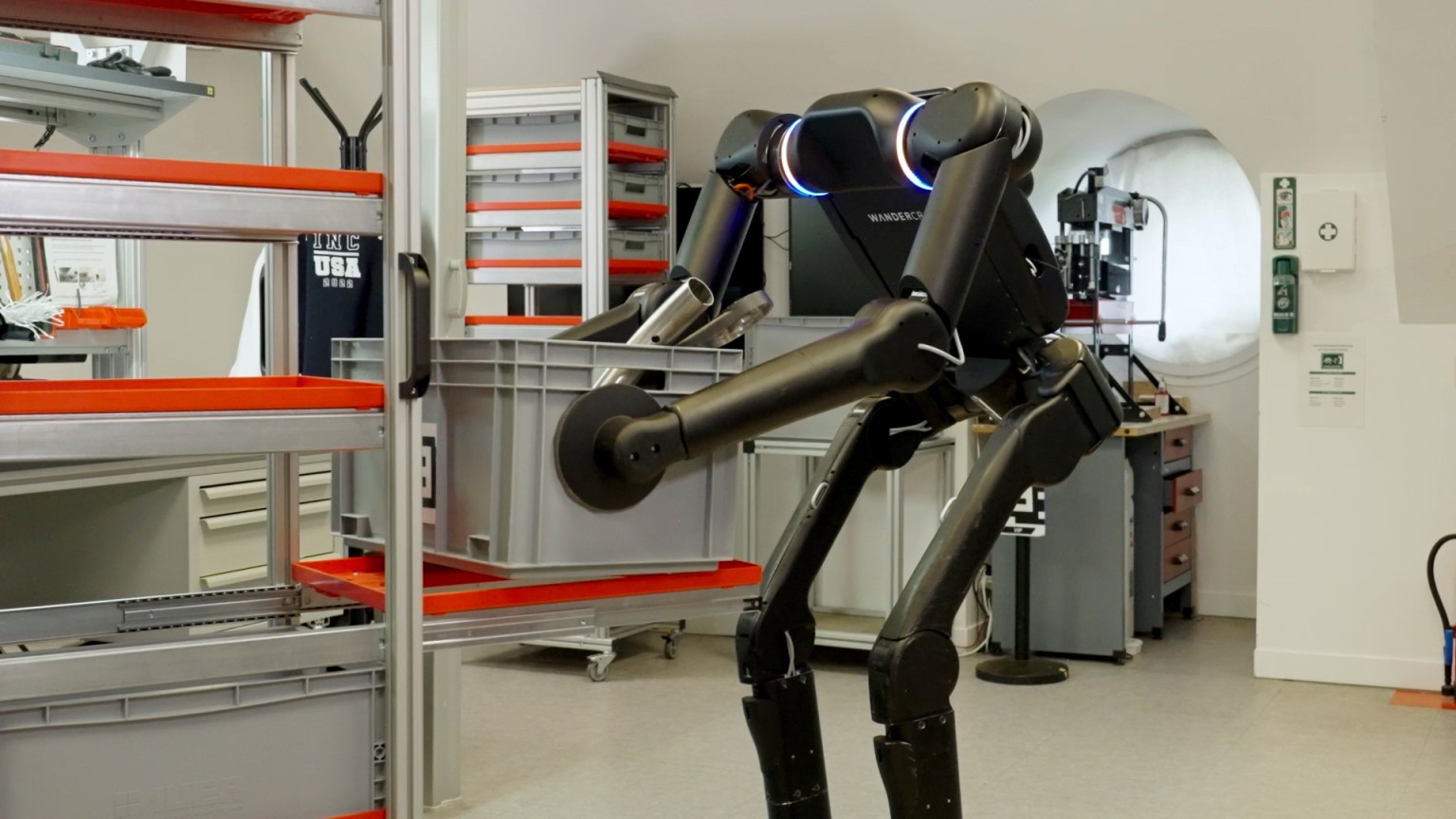"Anscer Robotics’ LBR500 Brings Agile, Hybrid AMR Technology to Transform Cart-Based Material Movement"
11 August 2025 | Interaction | By editor@rbnpress.com
Chris Harbert of Anscer Robotics discusses how the LBR500’s hybrid AMR design is tackling cart movement inefficiencies while boosting throughput and space utilization
In a recent conversation with Robotics Business News, Chris Harbert, VP of Business Development at Anscer Robotics, explains how the newly launched LBR500 is transforming cart-based logistics on the factory floor. The compact hybrid AMR is purpose-built to resolve the persistent challenge of manual cart handling by automating material movement without requiring infrastructure changes or oversized machinery. Designed for work-in-progress transfers, the LBR500 navigates tight factory layouts—lifting a variety of carts from low clearance—making it a “right-sized” solution that enhances throughput, optimizes labor, and integrates seamlessly into existing workflows.
In nowday’s landscape, efficiency is no longer just about speed — it’s about adaptability, space optimization, and seamless integration with existing workflows. Anscer Robotics’ latest innovation, the LBR500, directly addresses some of the most persistent logistical challenges facing factory floors. As a hybrid autonomous mobile robot (AMR), the LBR500 reimagines cart-based material movement, providing a flexible and intelligent alternative to traditional methods like forklifts or manual handling.
The LBR500’s purpose, capabilities, and deployment scenarios are increasingly becoming the go-to automation solution for manufacturers looking to optimize labor, throughput, and space without overhauling infrastructure.
What is the LBR500 and what specific problem in factory operations is it designed to solve?
The LBR500 is the newest AMR in the Anscer Robotics portfolio — purpose-built to address the longstanding inefficiency of manually moving carts and trolleys on the factory floor.
Traditionally, these tasks fall to human workers — sometimes full-time “water spiders,” but more often line workers who are forced to stop production tasks to move materials. This interruption not only lowers productivity but also reduces throughput and creates coordination issues across departments.
The LBR500 eliminates that pain point. It automates cart-based material movement, especially for work-in-progress (WIP) goods, without requiring costly infrastructure changes or oversized machinery. In effect, it serves as a “right-sized” plug-in solution — agile and intelligent enough to weave through complex factory layouts while lifting a wide range of carts from low clearance.
How does the LBR500 compare to traditional solutions like forklifts in terms of size, maneuverability, and factory space utilization?
Forklifts, while effective for heavy loads, are large, expensive, and space-consuming. They often can’t reach deep into narrow aisles or operate in high-density areas without disrupting floor layouts. Even robotic forklifts, while safer, carry similar limitations in size and maneuverability.
The LBR500, by contrast, is small, low-profile, and designed with omnidirectional mobility. It’s engineered to navigate the same paths as a human pushing a cart — without requiring wide lanes or multi-point turns.
This means factories don’t need to redesign their layouts to accommodate the robot. The LBR500 slips into existing environments and workflows, maintaining the density of production zones while offering flexible movement between stations. It’s the closest automation has come to replicating human-level agility on the floor — only more consistent, efficient, and scalable.
What features enable the LBR500 to navigate narrow aisles and interact with varied types of carts and trolleys?
The LBR500 features a combination of:
- Omnidirectional drive: Unlike traditional wheeled AMRs with fixed turning radii, the LBR500 can strafe, rotate, and reposition itself in tight spaces. This removes the need for wide lanes and enables true point-to-point travel across the most congested environments.
- Low-profile lift mechanism: Its under-clearance is engineered specifically to lift carts and trolleys from low heights, giving manufacturers the flexibility to fully load their carts top-to-bottom without reserving vertical space for the robot interface. This allows for more efficient material transport with fewer trips.
- Cart-agnostic interfacing: With adaptable hardware and software, the LBR500 can connect with a variety of carts, racks, and trolleys — including those already in use. No need to standardize your carts to match the robot. The robot adapts to your flow, not the other way around.
These features work together to make the LBR500 an ideal candidate for dense, fast-paced environments that demand high maneuverability and interoperability.
Which industries and production settings currently deploy the LBR500, and what types of material movement tasks does it support?
The LBR500 is currently being deployed by manufacturers in the electronics, automotive supply chain, and plastics industries. These are all verticals where:
- Cart-based material movement is frequent
- Work-in-progress (WIP) transfers are common
- Production density is high
- Floor space is at a premium
Tasks supported by the LBR500 include:
- WIP transfers: Moving partially assembled goods between production stages (e.g., from cutting to sewing, riveting to finishing)
- Line replenishment: Delivering components to workstations in just-in-time fashion
- Tote shuttling: Handling bins, boxes, or containers between process areas
- Finished goods staging: Bringing completed products to packaging or shipping zones
By streamlining these routine but critical operations, the LBR500 reduces the need for manual intervention, allowing human labor to focus on value-added production tasks.
In what ways does the LBR500 support work-in-progress (WIP) logistics and value-added operations such as kitting, sorting, and repackaging?
Work-in-progress logistics is one of the LBR500’s strongest applications. It bridges the gaps between production cells without interrupting labor, enabling a smoother and more consistent flow of goods across the factory floor.
Here’s how it fits into value-added workflows:
- Kitting: The LBR500 can transport kitted parts to specific assembly stations, ensuring the right parts arrive at the right time without human intervention.
- Sorting & repackaging: In facilities where components must be sorted or re-packed before shipping or assembly, the LBR500 can be used to ferry loads between dedicated stations.
- Multi-stage assembly support: For industries like automotive or electronics where a product goes through multiple iterations before completion, the robot can handle transitions between each phase.
Additionally, in logistics settings where value-added services (VAS) are a profit center — like gift-wrapping, custom labeling, or bundling — the LBR500 helps streamline and scale these manual operations without increasing headcount or floor space requirements.
How does implementing the LBR500 impact factory throughput, efficiency, and labor allocation?
The LBR500 doesn’t just save time — it helps factories make more in less space with fewer interruptions.
The impact breaks down across several dimensions:
- Increased throughput: By removing the bottleneck of manual cart movement, production can continue uninterrupted. Workers stay focused on their tasks rather than breaking rhythm to move materials.
- Better labor utilization: Instead of dedicating workers to part-time cart shuttling — or worse, asking production operators to multitask — labor stays aligned to high-value activities.
- Lean process enablement: The LBR500 aligns with lean manufacturing goals by removing non-value-added steps, reducing wasted motion, and allowing pull-based material flow.
- No need for additional infrastructure: Since the robot operates on existing floor plans and integrates with current carts, there's no need for new tracks, markers, or major IT investments.
Ultimately, implementing the LBR500 translates into higher output, smoother flow, and greater ROI — not by replacing workers, but by enabling them to work smarter and more continuously.
What design principles position the LBR500 as a "right-sized solution" for dense and dynamic factory floors?
The LBR500 was engineered from the ground up with "fit-first" design priorities. That means:
- Form factor matches human scale – The robot is compact and low to the ground, allowing it to operate in the same lanes and under the same carts that human workers use.
- Omnidirectional movement – Its ability to slide sideways, rotate on the spot, and avoid tight-turn constraints makes it perfect for tight aisles and congested floorplans.
- Flexibility over standardization – Unlike many robotic systems that require customers to adapt their layouts or tools, the LBR500 is cart-agnostic and task-flexible. It adapts to the facility — not the other way around.
- Plug-and-play integration – With minimal setup time and no dependency on external infrastructure, it can be dropped into nearly any production environment.
This “right-sized” approach makes it ideal for mid-sized factories or distributed production environments where space is limited, variety is high, and modular automation is key to growth.
Why is LBR500 considered hybrid AMR technology, and how does it integrate with existing workflows without requiring infrastructure changes?
The LBR500 is considered a hybrid AMR because it combines the intelligence and autonomy of an AMR with the lift-and-carry capabilities often associated with more rigid material handling equipment like AGVs or forklifts.
Its hybrid traits include:
- AMR navigation: Uses SLAM-based navigation and real-time path planning, so it doesn’t require QR codes, wires, or fixed paths.
- Lifting ability: Unlike most AMRs that simply push or pull, the LBR500 can lift carts directly enabling fully autonomous pick-up and drop-off.
- No retrofit required: Since it works with existing carts and factory layouts, it doesn’t demand new carts or structural modifications.
- Simple integration: Whether you’re starting with one unit or scaling to a fleet, the LBR500 integrates with factory MES and WMS systems using standard protocols.
This hybrid flexibility allows facilities to scale automation gradually — testing in one department or process area and expanding as ROI is proven, without upfront capital expenditures for new infrastructure.
The LBR500 doesn’t aim to overhaul an entire factory, it targets the overlooked inefficiencies that quietly drag down productivity. By solving the “small but critical” problem of cart-based material movement, it boosts throughput, streamlines labor, and unlocks measurable gains in both top-line output and bottom-line efficiency.
Already seeing adoption in industries like electronics, automotive, and plastics and ideal for any operation with high-mix, high-frequency transfers. The LBR500 is a smart, scalable, and ready-to-deploy solution for manufacturers aiming to grow smarter, not just bigger.


